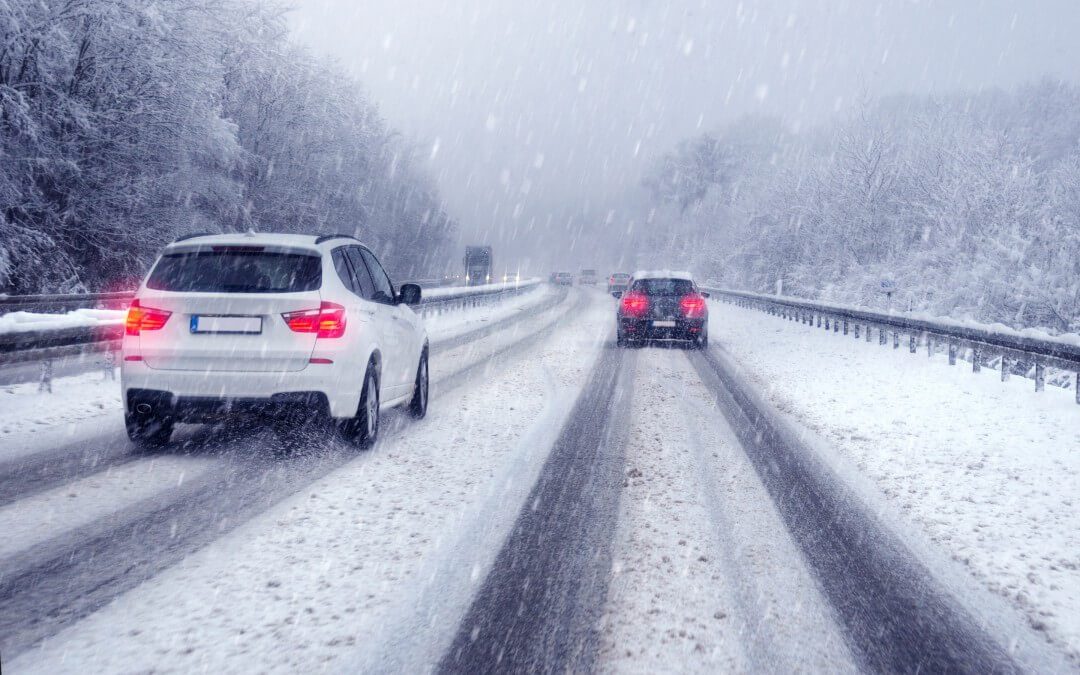The salty brine solution and seemingly endless supply of road salt that gets disbursed on the roads across Caledon, Vaughan, Toronto, Mississauga, Brampton and Georgetown every November through March is both a blessing and a curse. It’s fantastic for de-icing the roads which makes for safer winter driving but the negative side effects are quite prolific and hit home.
You’ve probably heard all the stories of concrete chunks, big and small, raining down from parts of the Gardiner Expressway. While it is an older highway, one of the main culprits behind the decay of the much used thoroughfare is the steady application of salt. In fact, the heavy salt diet of the Gardiner is so bad that decorative stone carvings along the outside of the neighbouring Air Canada Centre have been eaten away merely from the residue coming off the nearby highway!
Over exposure to salt was determined as a key factor in the collapse of the 2006 De La Concorde bridge in Laval, Quebec in which six people were killed. And even though it was only built in 1962, the Champlain Bridge in Montreal is already undergoing a 4.2 billion dollar rebuild all because of hardcore salt corrosion.
So if that’s what is happening to concrete and asphalt on a regular basis, what is this well-known corrosive doing to your vehicle every winter? Well, two years ago, Transport Canada was so worried after an ice storm rolled through the Port of Halifax that they recalled about three thousand cars because they feared the exposure to salt de-icer did damage to the vehicles. The BMWs and MINIs in particular were at great risk of erosion to electrical wires and connectors, internal components within the steering rack and starter motor power supply cable connectors. If that’s not scary enough, also in 2015, the U.S. National Highway Traffic Safety Administration blamed salt corrosion when thousands of vehicles went through brake failure.
It was way back in 1975 when Transport Canada estimated that about two hundred dollars’ worth of damage was done to every vehicle per year simply from salt corrosion. In today’s economy, that would work out to be over 850 dollars in damage, just from exposure to salt!
You’re probably sitting there reading this and wondering what you can do to prevent that kind of damage from happening to your vehicle and the answer is common sense: Keep your vehicle clean! Until our local municipalities decide to make a more environmentally friendly and far less corrosive approach to de-icing roads and sidewalks in the winter, the best thing you can do for your vehicle is take it for a car wash in the winter.
The frequency of visits to the car wash can be determined by how dirty your vehicle is but it’s a smart idea to take it in for a good cleaning shortly after the roads have been cleared from a major snowfall. If you live in a rural area where snow and salt debris remains for a long time, you may want to ask the professionals about how to keep prolonged salt exposure at bay.
The reason for frequent winter car washes is simple. It gets the salt off your vehicle, even in those hard to see and reach places on the undercarriage of your car. Soft foam technology gently but effectively dislodges any salt and dirt build-up and a fresh water rinse will get rid of all traces of brine from the exterior of your vehicle. It then gets the personal touch with a hand dry that will catch any water spots, streaks or remaining salty residue. Top if off with a triply poly wax for a shiny coat that looks gorgeous and also adds a layer of protection to the paint, which is much needed to combat road debris in the harsh windy conditions of the wintertime.
And don’t forget to stay on top of interior detailing as well. Rock salt and brine easily get into your vehicle via the bottom of your shoes and boots, no matter how diligent you are about knocking the snow off your footwear before you step into our vehicle. Interior detailing involves a thorough cleaning of the mats and a vacuuming of all the upholstery in your car to make sure no salt is trapped where you can’t see. This is especially critical if you have leather upholstered seating and interior accents because salt will eat away at that too.


